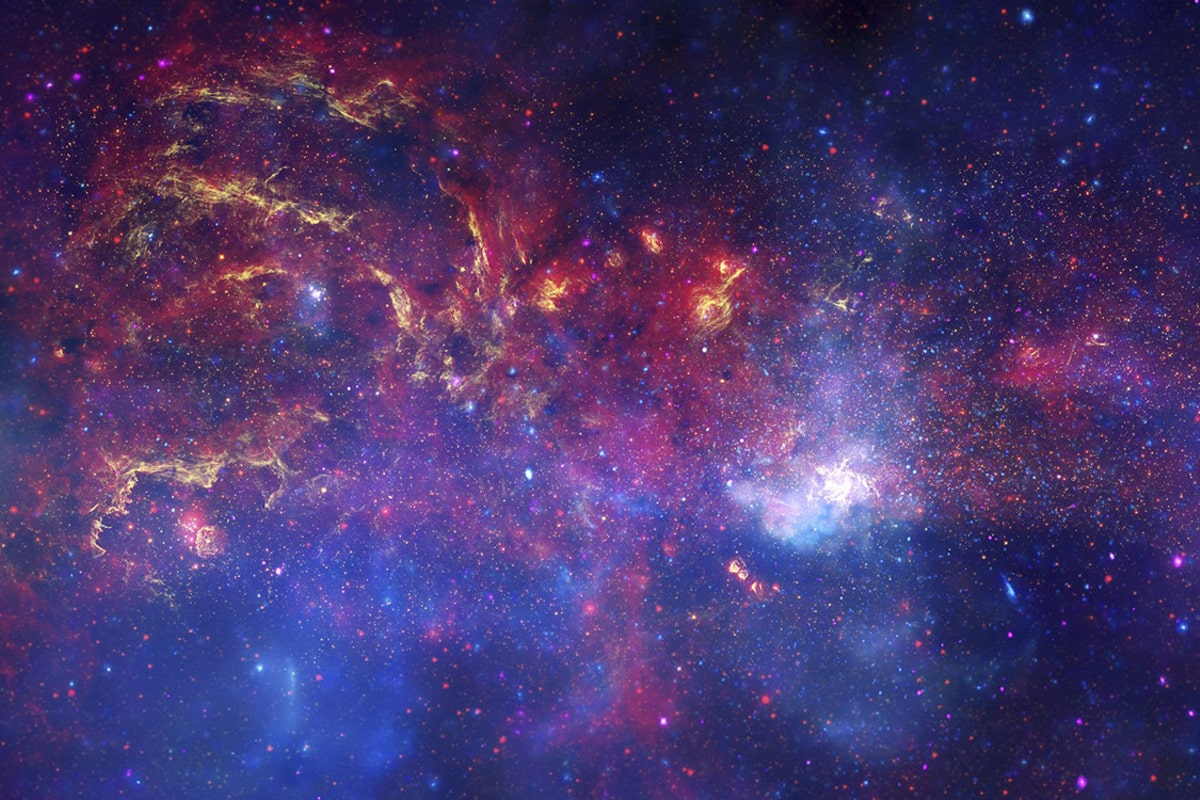Molecular clouds are mysterious giant structures in space that hold many secrets and fascinating phenomena. Studying these clouds helps scientists understand the processes of star formation, planet development, and even the search for molecules essential to life. Their immense sizes, complex structures, and unique properties captivate astronomers, and numerous discoveries show that we have only just begun to comprehend these extraordinary cosmic objects. If you want to learn more, here is a collection of interesting facts about molecular clouds you might not have known.
- Molecular clouds are the largest and densest regions within the interstellar medium, primarily composed of molecular hydrogen. They can span hundreds of light-years and contain masses many times greater than that of the Sun.
- A defining feature of molecular clouds is their role as stellar nurseries. Within their dense cores, new stars and planetary systems are born because the conditions favor gravitational collapse of gas and dust.
- The temperature inside molecular clouds is extremely low, usually between 10 and 20 kelvins. This near-absolute zero environment allows molecules to remain stable for extended periods.
- Molecular clouds are nearly invisible in visible light and appear as dark, opaque regions to optical telescopes. Observations are primarily conducted using radio telescopes that detect emissions from molecules such as carbon monoxide and ammonia.
- Some of the most famous molecular clouds include the Orion Nebula and the Perseus Molecular Cloud. These enormous clouds are birthplaces of many massive and bright stars influencing the evolution of their host galaxies.
- Molecular clouds have a diverse chemical composition. Besides molecular hydrogen, they contain carbon monoxide, ammonia, water, methane, alcohols, formaldehyde, hydrogen cyanide, and even simple organic molecules.
- Their internal structures are far from uniform; molecular clouds consist of numerous filaments and clumps. Star formation typically begins in the densest clumps known as cores.
- Molecular clouds vary greatly in size — some extend over 100 light-years in diameter, while others, called dark globules, are much smaller yet still active sites of star formation.
- Dust grains within molecular clouds play a critical role by shielding molecules from destructive ultraviolet radiation. This dust absorbs harmful photons and helps maintain the cloud’s molecular integrity.
- Powerful shock waves within these clouds induce turbulence and mix their material. This complexity makes modeling their behavior challenging and leads to a rich variety of shapes and dynamics.
- Magnetic fields permeate molecular clouds and influence their evolution and star-forming processes. They regulate the rate of gas collapse and help sustain equilibrium within the cloud.
- Many molecular clouds are surrounded by young stars that heat and disperse the surrounding gas, gradually eroding their natal clouds. This process spans millions of years and ends with the cloud’s dissipation.
- Molecular clouds are not evenly distributed throughout the Milky Way; they predominantly align along its spiral arms. These are the regions with the highest star formation activity.
- Spectroscopic studies of molecular clouds have led to the detection of hundreds of complex molecules in space. This has been vital for understanding the chemical evolution of the universe and the origins of life.
- Molecular clouds are also sites of planetary nebula formation. The explosive deaths of massive stars within clouds send shockwaves that trigger new star formation nearby.
- Remarkably, molecular clouds are self-regulating systems, maintaining a balance between contraction and expansion even under dynamic and complex conditions, allowing them to survive for millions of years.
- Some molecular clouds are so massive that they can produce thousands of stars in a single star formation event, leading to the creation of entire star clusters within galaxies.
- Astronomers study molecular clouds not only in our galaxy but also in distant galaxies, which helps reveal how galaxies evolve over cosmic time.
- These clouds are among the most chemically rich objects in the cosmos. Their environments are conducive to forming complex organic molecules, possibly the precursors of life.
- Understanding molecular clouds enables scientists to model processes from the early universe when the first stars and galaxies formed from similar structures.
- Massive stars forming inside molecular clouds eventually disperse gas and dust into space, fueling new generations of star formation and sustaining the cosmic matter cycle.
- Molecular clouds are among the longest-lived interstellar structures, existing for tens of millions of years while gradually evolving and remaining central to star birth in galaxies.
- Modern observational technologies, including infrared and submillimeter telescopes, allow scientists to study molecular clouds across various wavelengths, opening new avenues for discovery.
- Occasionally, molecules with unusual isotopic compositions are detected within molecular clouds, helping trace the origin and movement of cosmic matter.
- Molecular clouds serve as natural laboratories for studying low-temperature physics, revealing phenomena impossible to recreate in terrestrial labs.
- Some molecular clouds harbor prebiotic molecules, compounds that may be precursors to organic life, supporting hypotheses about the potential ubiquity of life in the universe.
- Molecular clouds are essential to understanding changes in the interstellar medium and the galactic matter cycle, representing a vital link in the universe’s evolutionary chain.
These fascinating facts about molecular clouds reveal their crucial role in cosmic evolution, the birth of new worlds, and the quest to understand life beyond Earth. Each new discovery opens fresh questions and opportunities for scientific advancement. Molecular clouds remain a source of inspiration and mystery, preserving secrets waiting to be unraveled in the depths of space.





